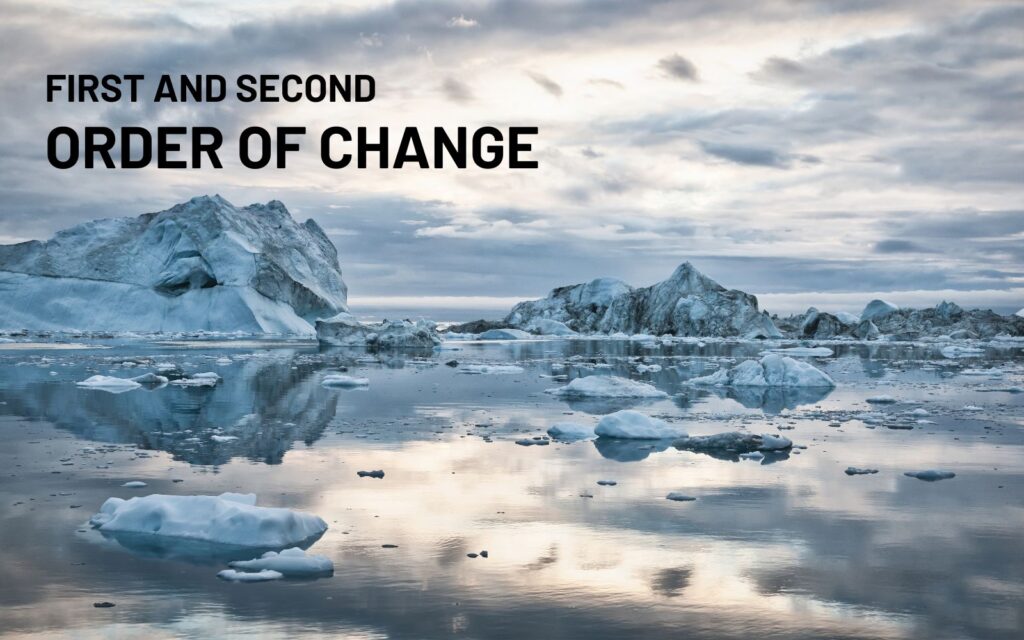First-order change includes incremental modifications made within existing structures and processes. It involves tweaking procedures, refining strategies and optimizing workflows to enhance efficiency or address immediate challenges.
Think of it as fine tuning the car to improve its performance. First order changes are typically predictable, manageable and often initiated in response to specific problems or opportunities identified within the organisation.
While first-order changes are very common and generally well tolerated, they may accumulate over time and eventually lead to more significant shifts or second-order changes.
Second order change represents more profound and disruptive shifts that challenge fundamental assumptions, beliefs and paradigms within an organisation. Unlike first order changes, second order changes require a reimagining of the organizations DNA. They entail questioning entrenched norms, embracing innovation and sometimes even overhauling entire systems or organisation capabilities. Second order change is akin to redesigning the car to run on alternative energy sources.
The rapid adoption and growth of technology and AI are an example of a second order of change and creating unprecedented disruption and business opportunities to reimagine the business landscape. This is not easy as leaders have to operate across 2 separate canvases – a business that is run by current processes & practices and the future that is increasingly dependent on embracing technology. Leaders will have to adopt a growth mindset and mobilize the entire organisation to fundamentally reorganize itself.
As a OD practitioner, I have observed both first and second order changes close and upfront. Navigating these changes require distinct strategies and approaches. First order changes are often managed through traditional change management practices such as stakeholder engagement, communication and project management. These changes are relatively straightforward and can be implemented with minimal disruption to the organisation.
On the other hand, second order changes are more complex, disruptive and demand a more holistic and adaptive approach to change. Putting together a solution requires a complex interface of strategy, mindset, behavior and implementation and the role of leaders is crucial. The journey often starts with the leader and leadership teams as they need to overcome their own limiting beliefs with many organizational dynamics at play.
While both first and second order change interventions are essential for organizational growth, they differ significantly in scope, complexity and impact. First order changes are like small ripples in a pond, causing minimal disturbance and yielding incremental improvements. In contrast second order changes resemble seismic shifts, reshaping the landscape and potentially altering the course of the entire organisation.
Organizations are increasingly being disrupted by second-order changes that require a holistic approach to managing Change. These are transformative moments that redefine the organisation for the future. I am curious to hear if you resonate with this article and also hear about the challenges you face in your organizations.

